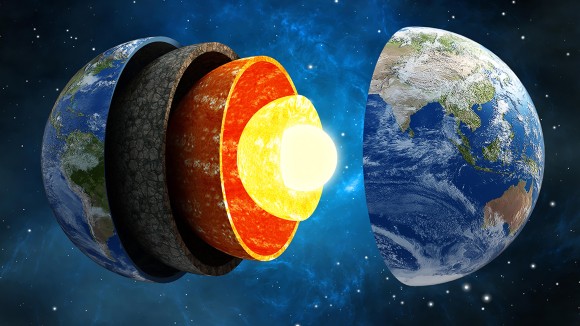This Collection is editorially independent, produced with financial support from a third party. About this content.
Nature Research is pleased to acknowledge the financial support of Deep Carbon Observatory in producing this Nature Collection. The sponsor retains sole responsibility for the following message.
 The Deep Carbon Observatory (DCO) is an international group of scientists working to understand the quantities, forms, movements, and origins of carbon in Earth. More than 90 percent of carbon resides inside Earth and this “deep carbon” is fundamental to life, planetary habitability, and societal resources. In 2009 an international collaboration was launched to investigate how the deep carbon cycle impacts our world. DCO brings together a multidisciplinary group of >1200 scientists from 55 countries, including geologists, chemists, physicists, and biologists.
The Deep Carbon Observatory (DCO) is an international group of scientists working to understand the quantities, forms, movements, and origins of carbon in Earth. More than 90 percent of carbon resides inside Earth and this “deep carbon” is fundamental to life, planetary habitability, and societal resources. In 2009 an international collaboration was launched to investigate how the deep carbon cycle impacts our world. DCO brings together a multidisciplinary group of >1200 scientists from 55 countries, including geologists, chemists, physicists, and biologists.
DCO scientists conduct research at >100 field sites around the world. Using innovative technology and instrumentation and laboratory experiments, DCO scientists are answering the question of how deep carbon affects life on Earth. DCO scientists have made transformative discoveries encompassing abiogenic synthesis of organic molecules on the seafloor, the complexity and extent of ‘deep’ microbial life, the mineralogy of the deep mantle using inclusions inside rare diamonds, and new mineral and fluid forms of carbon that exist in the deep mantle and core. DCO scientists quantified the volcanic carbon flux and showed that two thirds of Earth’s carbon may be in the core. These and other discoveries pave the way for future deep carbon-related research.


